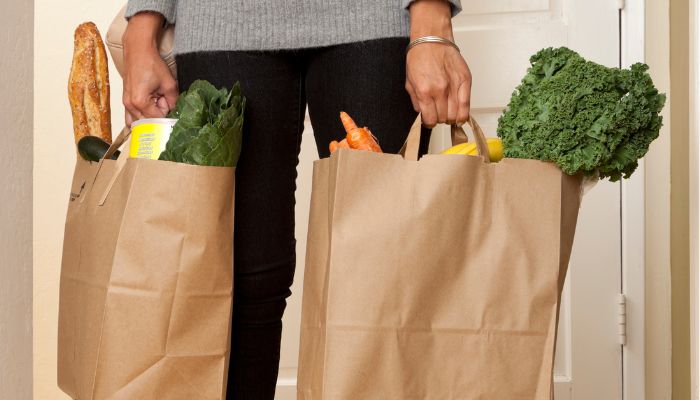When it comes to the Supplemental Nutrition Assistance Program (SNAP), originally known as the Food Stamps Program, every state of the United States has its unique approach to determining eligibility criteria and benefit amounts. This diversity can lead to substantial variations in the support you receive during challenging times.
To determine how much of SNAP benefits’ money you’ll get, there are several factors that the system takes into account. The primary factor is your household’s income. The program considers your gross income (total income before taxes and deductions) and your net income (income after certain deductions, like housing and childcare costs). The lower your income, the higher your SNAP benefits may be.
This Is the State That Pays the Higher Food Stamps Benefits
Household size also plays a crucial role. Larger households typically receive more assistance than smaller ones because they have more mouths to feed. The Thrifty Food Plan, which estimates the cost of a basic, nutritious diet, is used as a guideline to determine benefit levels.

But the most important point to determine which state requires the most food stamps benefits is the cost of living, since it does not have the same cost to live in, for example, Florida, as in more logistically complicated places like Hawaii or Alaska.
Having said this, there is one particular state that pays the highest SNAP benefits, and that is Alaska, the Last Frontier State. The maximum payments amounts are as follows (household’s size, Urban, Rural I and Rural II):
- 1 person: $374 / $477 / $581
- 2 people: $686 / $875 / $1,065
- 3 people: $983 / $1,253 / $1,525
- 4 people: $1,248 / $1,591 / $1,937
- 5 people: $1,482 / $1,890 / $2,300
- 6 people: $1,778 / $2,268 / $2,760
- 7 people: $1,966 / $2,506 / $3,051
- 8 people: $2,246 / $2,865 / $3,487
- Each additional person: $281 / $358 / $436
The SNAP Benefits Are Set to Increase Soon: When Will You Get a Raise in Your Payments?
The U.S. Department of Agriculture Food and Nutrition Service makes annual adjustments to the food stamps program, including changes to maximum allotments, deductions, and income eligibility standards. These adjustments occur at the start of each federal fiscal year, which begins on October 1.
These modifications are primarily driven by changes in the cost of living (COLA adjustments), which represent the amount of money required to sustain a basic standard of living. In the fiscal year 2024, the Food and Nutrition Service (FNS) implemented increases in maximum allotments and shelter caps for most U.S. states and territories participating in SNAP.
The adjustments led to an increase in maximum allotments for households in the 48 contiguous states and the District of Columbia. Additionally, Alaska, Guam, and the U.S. Virgin Islands also saw an uptick in their maximum allotments. However, it’s noteworthy that the amount decreased by $35 for SNAP recipients residing in Hawaii.
To provide a clear perspective, here are the maximum allotments for SNAP benefits for a family of four, as outlined on the official USDA website:
- 48 states and the District of Columbia: $973.
- Alaska: A range of $1,248 to $1,937.
- Hawaii: $1,759.
- Guam: $1,434.
- U.S. Virgin Islands: $1,251.